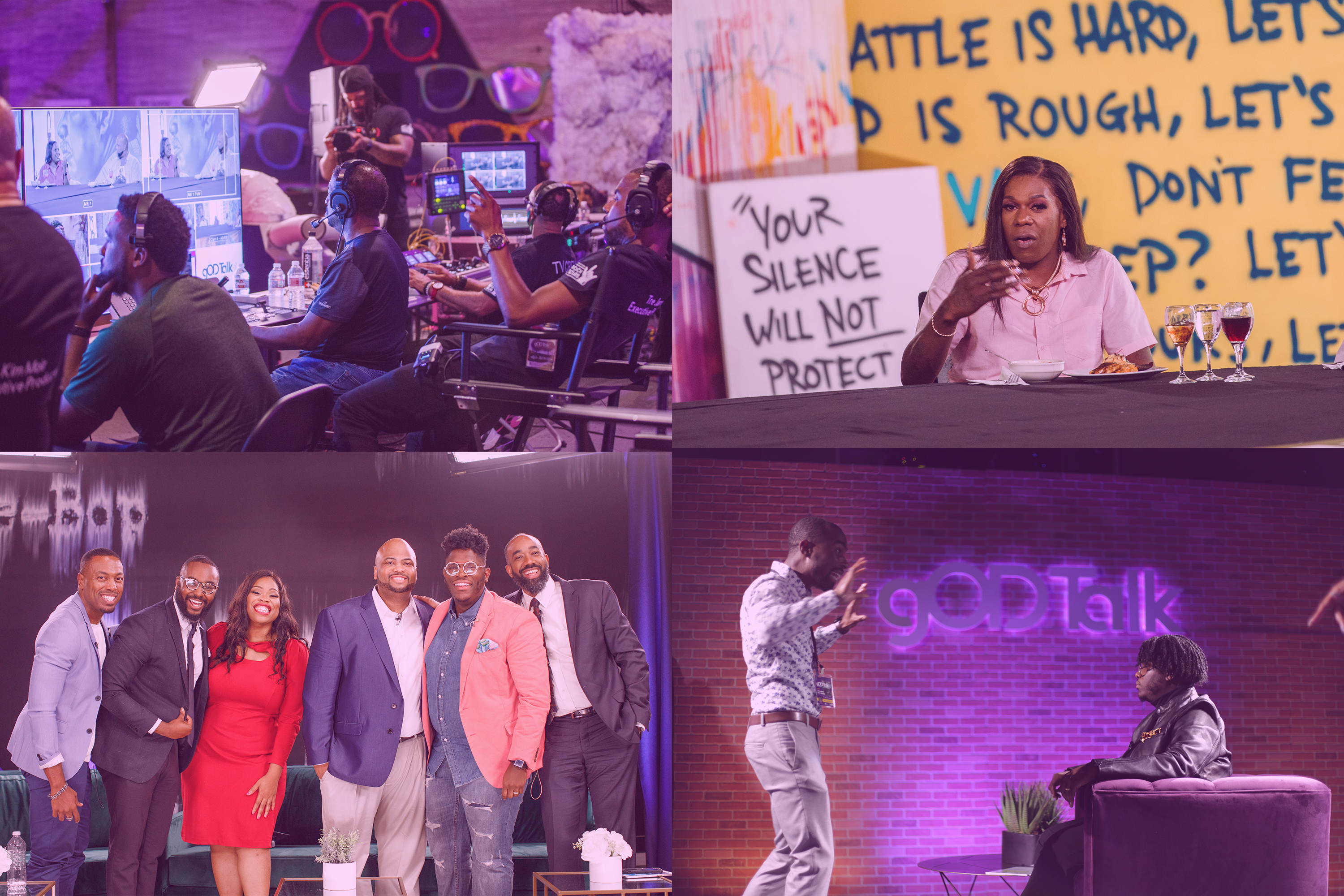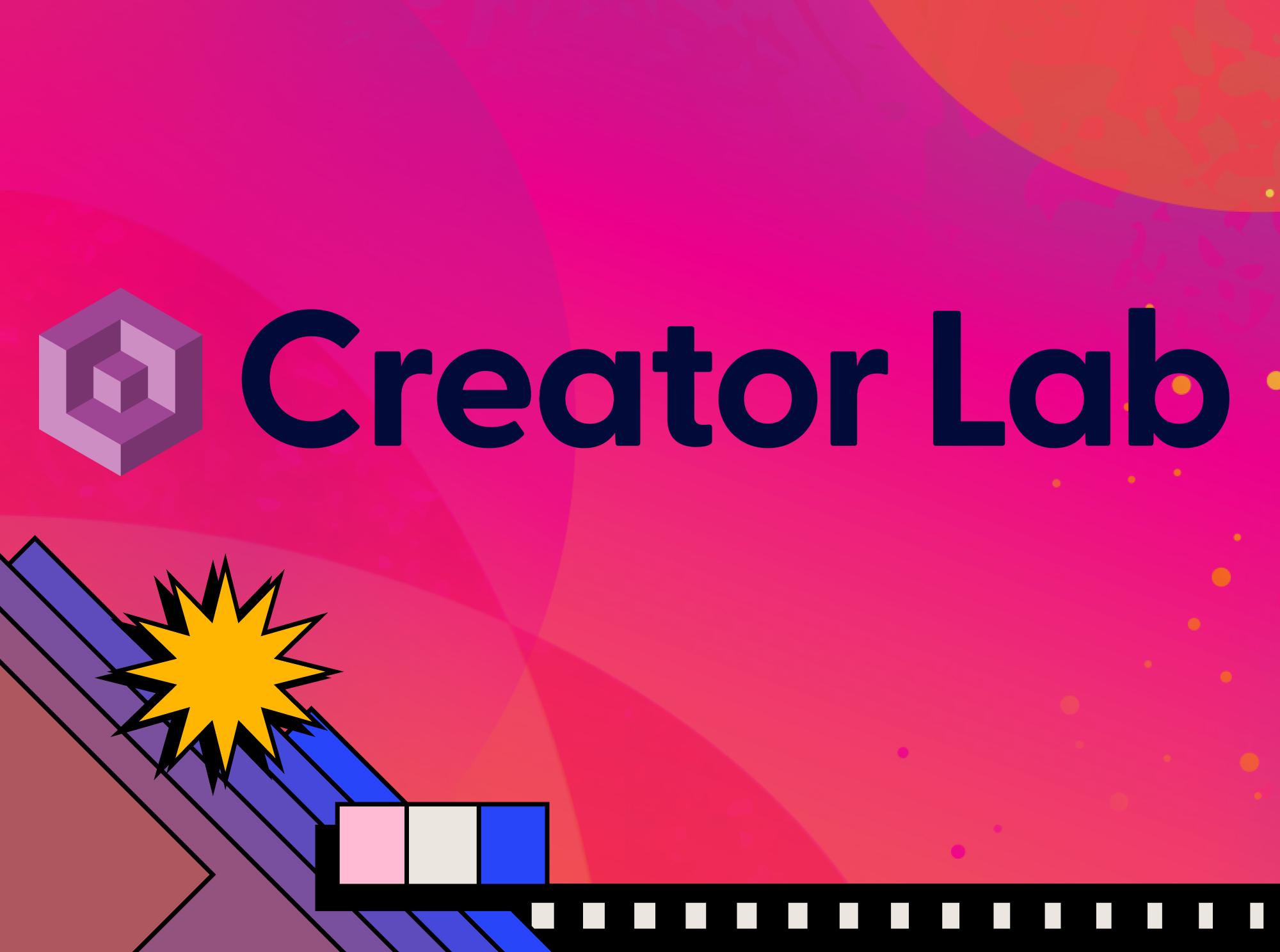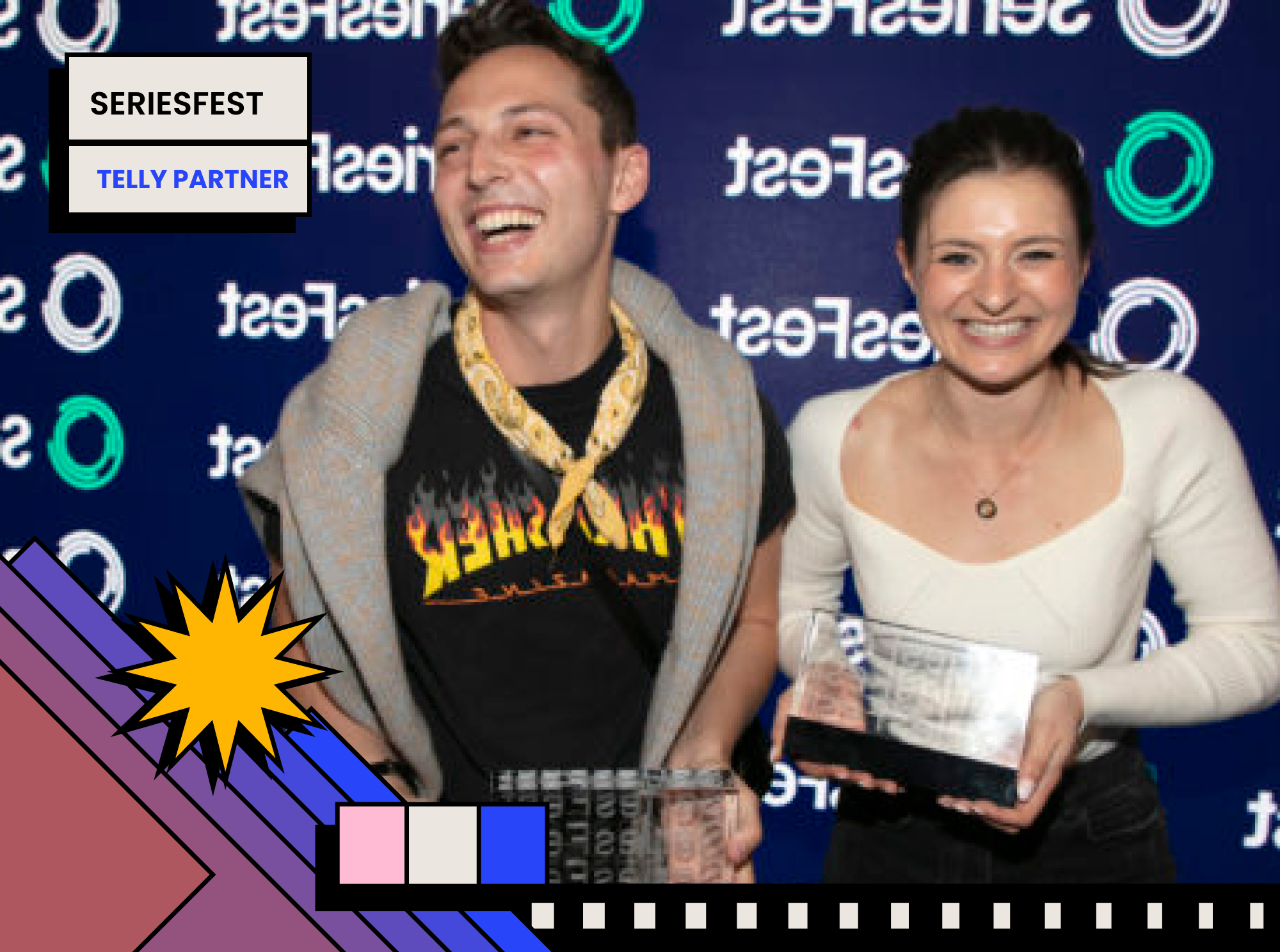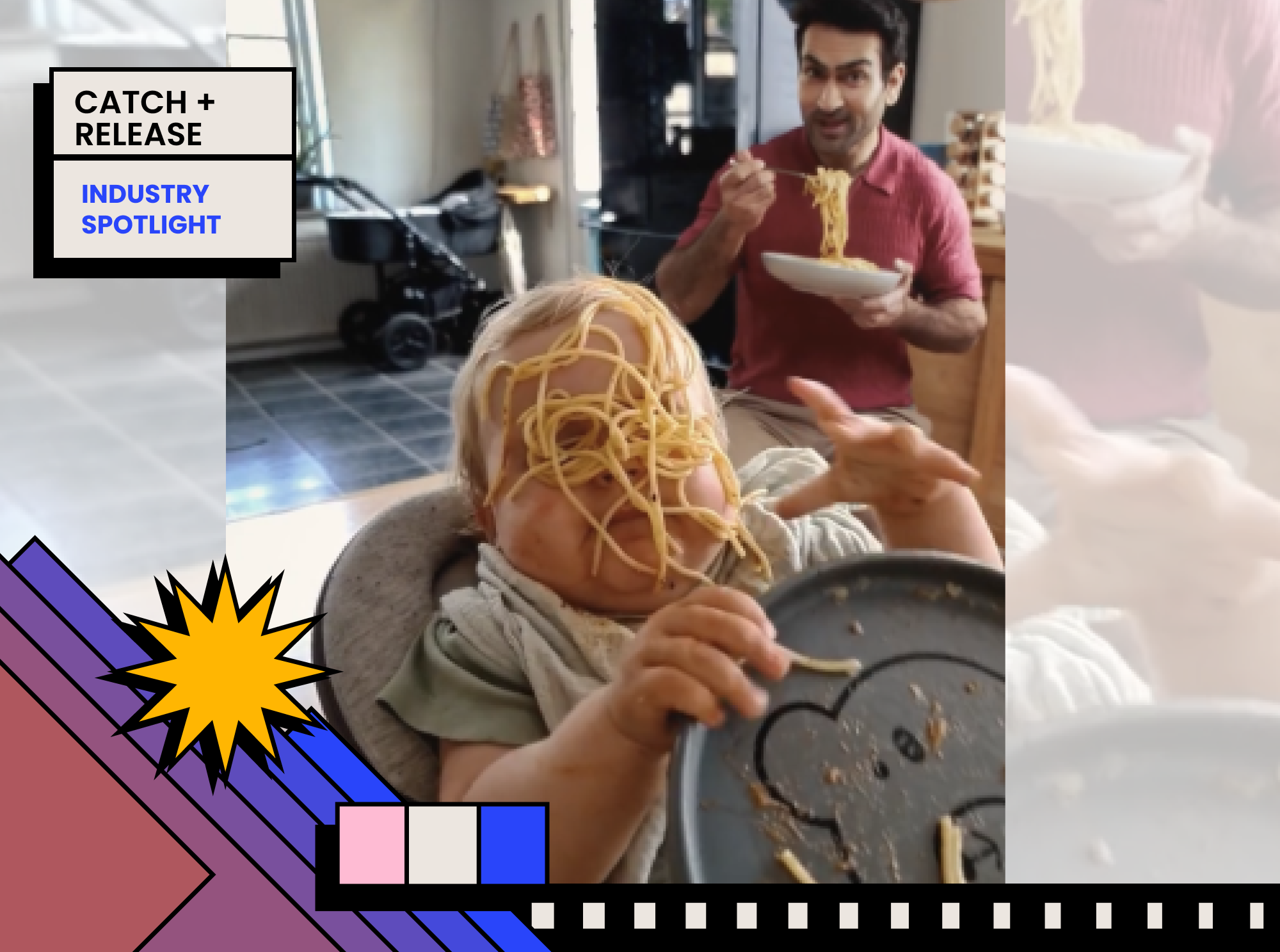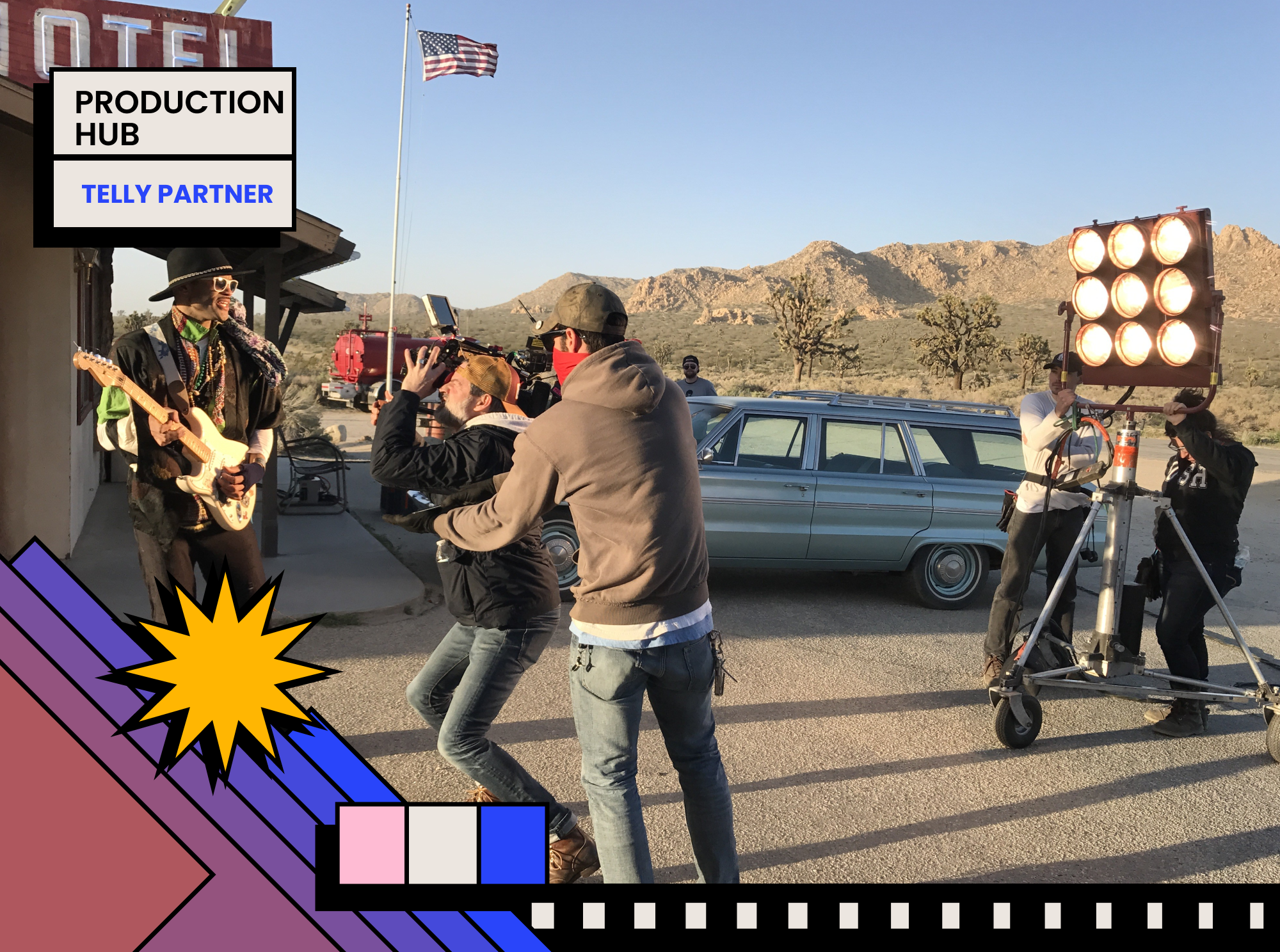For this month’s In Focus Interview, we’re excited to feature the Smithsonian National Museum of African American History and Culture (NMAAHC), the world’s largest museum dedicated to preserving the history and culture of African-Americans.
We sat down with Teddy Reeves, Ph.D., Curator of Religion at NMAAHC. In this role, Reeves has created innovative projects that highlight the influence of digital technologies in preserving Black spiritual and religious life in the Americas. In 2018, Teddy created and executive produced the web-based series, “gOD-Talk: A Black Millennials & Faith Conversation” to explore the dynamic ways Black millennials engage with faith and spirituality in the 21st century. The project continues to garner critical acclaim, and has received more than 24 Telly Awards.
Read our interview with Teddy below to learn more about the Smithsonian’s creative process and their innovative approach to preserving Black culture and history.
How does your team define creative success?
For the Center for the Study of African American Religious Life (CSAARL) team—Donna Braxton, Bacarri Byrd, Janine Hinton, Kim Moir, Eric Williams, Ph.D., and myself—at the Smithsonian National Museum of African American History & Culture (NMAAHC), creative success is defined by our ability to engage multiple publics in innovative and diverse ways on the topic of African American religious and spiritual life. We are in a unique position being a religion center housed at a museum. Typically, centers like ours are housed at colleges and universities. The foresight of our founding Museum director and now secretary of the Smithsonian, Dr. Lonnie Bunch, and other curatorial staff at NMAAHC to envision a center for religion to explore Black religiosity pluralistically was creative ingenuity at its finest!
In measuring our creative success, we ask ourselves several questions internally: have we engaged with the latest forms of digital technology to reach our audiences; have we centered the lived experiences of marginalized voices (Black women, LGBTQIA+, differently abled individuals, etc.) in the preservation and study of Black religion; and how can we make what we do better. The creative process for us is ever evolving, which means the determiners of success are not stagnant.
What does the creative process look like at the Smithsonian? Does it differ from project to project? If so, how?
The creative process for us is collaborative in the CSAARL. From administrators to curators, we seek to create space for all voices and experiences to be heard during our creative process. Realizing that creativity is not produced in a vacuum, we have sought out to collaborate with both internal and external partners in hopes of creating robust projects. From public programs to exhibitions, the internal departments we co-create with may change, yet the ethic of partnership is sealed into the foundation of our creative process. Internally, the creative process begins with an idea. From there, it is the responsibility of the project lead to reach out to all the internal stakeholders for the project. For instance, for the gOD-Talk series, these internal stakeholders have been The Office of External Affairs, the Center for Digitization and Curation of African American History, The Office of Strategic Partnerships, and other curatorial departments.
External partnerships have been essential to our success as well. Since 2016, we have partnered with more than 30 external organizations to produce innovative projects, including Pew Research Center, Hampton University in Hampton, Virginia, Howard University School of Divinity in Washington, D.C., Spelman College in Atlanta, GA, Princeton Theological Seminary, American Academy of Religion, and Pharrell Williams Something in the Water Music Festival to name a few.
What are you working on currently?
Our team is working on several projects right now: a new episode of gOD-Talk, an exhibition, and forthcoming publication. We are excited about the upcoming premiere of the next episode, gOD-Talk 2.0: Hip-Hop & #BlackFaith. Since the Dallas episode, the series has expanded to explore the various social and cultural realities impacting Black millennial faith practice: music festivals, intercultural and intergenerational influences and conflicts, digital innovation (social networks, algorithms, apps, mobile devices, and technologies, etc.), and now hip-hop.
gOD-Talk 2.0: Hip-Hop & #BlackFaith is the seventh episode of the series airing Sunday, August 14, 2022. In collaboration with the release of the Smithsonian Anthology of Hip Hop and Rap, this conversation explores the relationship between hip-hop music and culture and Black expressions of faith and spirituality. Panelists include Big Freedia, Neelam Hakim, Brandon BMike Odums, Sa-Roc, Dee-1, and many more. Shot in New Orleans, LA at Studio Be, we are working with team at Production Rockstars (gOD-Talk Atlanta, Chicago, Baltimore) again to bring this episode to life. We are excited to see audiences’ reaction to this important conversation!
Trailer for gOD-Talk 2.0: Hip-Hop & #BlackFaith
Next up, we are working on CSAARL’s religion exhibition, curated by Dr. Eric L. Williams, scheduled to open Fall 2022. This exhibition will feature photographs from the recently joint acquired Johnson Publishing Company Archive . Johnson Publishing Company publications, namely Ebony and Jet, have chronicled various aspects of African American life in the United States, reflecting the achievements, hopes, aspirations and in some ways the identities and models of success within the larger American cultural context. Religion, which has played a significant role within this journey, has been frequently reflected in the comments, stories and lives of the celebrities and noteworthy individuals featured. Through photographs and stories of notable individuals featured in Ebony and Jet magazines—including spiritual and political leaders, musicians, authors, athletes, activists, and educators—this exhibition will explore the ways in which these popular publications represented religion as part of the cultural fabric of the African American experience. The exhibition will be organized around three major thematic frames, which offer different lenses on the Black religious experience: Holy/Profane, Suffering/Hope, and Protest/Praise.
What is your favorite piece of work you created in the past year? Tell us the story behind it.
My favorite piece of work from this past year was our teams work on gOD-Talk Dallas episode. Initially filmed prior to the start of the global pandemic and subsequent shutdown in 2020, the episode was finally aired on November 6, 2021. While majority of the production was completed in 2020, we spent a considerable amount of time on reworking edits to the episode to ensure that the material remained relevant and sensitive to the global realities that we all faced over the past two years. We were even more thrilled in learning we garnered nine Telly Awards for the episode!
gOD-Talk Dallas was an intergenerational—Baby Boomers, Gen X, Millennials, and Gen Z—conversation over dinner, where panelist explored the intersections of Black religion and spirituality, race, gentrification, sexuality, gender, and more. Panelists included individuals from diverse religious groups: Spiritualist, Buddhist, Christian, Yoruba, Baha’i, Atheist, and Muslim.
For the Dallas episode, we decided to do something different. We shot the conversation with no audience and over dinner. This presented new creative challenges for us in producing this episode; chief among them, how do you film 16 people around a dinner table talking? Thanks to the great production team at The Redelynn Group, we were able to bring the vision of dinner amongst 16 friends to reality!
We were very intentional about filming the conversation over dinner. Within African American culture, particularly religious and spiritual, the sharing of communal meals is essential for building and fostering relationships in passing of norms and customs. With that in mind, we created a safe-space for intergenerational dialogue across religious and spiritual beliefs to transpire over a three course-meal and libations: appetizer, main course, and dessert. In selecting the cuisine for the conversation, we felt it was important to go with traditional Black culinary cuisine from the Caribbean islands.
Additionally, we created the conversation to be around a table filled with African American quotes and literature. With seating panelist around a table, we sought out to create shared common space—reminiscent of family dinner. Regarding the size of the table, we desired it to be large to push against the notions of scarcity and lack of space. By choosing an extended table, we wanted panelist and viewers to know that there was enough room at the table for all voices, identities, beliefs, and cultures. One of the challenges of filming the conversation over dinner we anticipated was the noise associated with eating. To help alleviate some of this, panelists shared their first two courses communally prior to filming. While staged versions of the meals were placed on the table for effects, the only items partaken live on camera were dessert, drinks, and libations.
We are extremely proud of the outcome of this episode! Though initially delayed, we all learned several valuable lessons through the production of gOD-Talk Dallas. Many of these lessons were helpful in the production of the gOD-Talk Hip-Hop & #BlackFaith, which was also filmed over dinner.
Whose work inspires you the most? Shout out some work that you feel deserves more attention!
Being in the field of Black religion and spirituality, I am inspired by all the digital content creators who are creating, as Dr. Melva Sampson states, “digital hush harbors” for the practice and engagement of Black religion and spirituality in the digital realm. Individuals and institutions such as Pink Robe Chronicles, Kev on Stage, Young and Muslim Podcast, The Over Flo, Rashid Hughes, City Point Church in Chicago, Faith City Music, Red Lip Theology, Inner Success Movement, The Nap Ministry, Angelica Lindsey Ali “Village Auntie,” Girl + God, Jude 3 Project, Devi Brown, and so many more.
What are your creative goals for this coming year?
Our team has several creative goals we are working towards this coming year. Chief among them is the completion of our first featured film. We will be wrapping up filming for the Museums first film, gOD-Talk, this fall. This film is a culmination of the gOD-Talk web series we have produced over the past five years. The documentary will explore Black millennial faith and spirituality in the 21st century through the lives of six millennials of varying religious and spiritual identities: Muslim, Christian, Buddhist, Spiritualist, Atheist, and Yoruba. Weaving in footage from the seven web-series episodes, the film uncovers the personal challenges and discoveries each millennial experiences on their journey with faith and spirituality—both within the U.S. borders and abroad. The film is scheduled to be released Summer 2023.
What are some of the strategies The Smithsonian team is using to stand out, creatively or otherwise in the film and video community?
For our team, it is about fulfilling our mission, telling the American story through an African American lens. Understanding that not everyone will be able to visit NMAAHC in D.C., film and video become one way we extend the Museums reach both domestically and internationally. In this saturated and decentralized market of content production, strategic thinking is necessary to reach and cultivate new and old audiences. Again, working collaboratively, this means working with our Visitors Services department to better understand the data behind those who are experiencing the Museum in-person. While simultaneously, working with our Office of Public Affairs to understand the analytics behind social media engaging with our content.
Afterwards, we combine the data received along with subject matter analysis, larger demographic data, and begin to construct programmatic concepts based on what we believe our audiences are desiring from us. Lastly, to remain creatively ahead, the CSAARL has leaned heavily into investing in quality production: sound, videography, editing, graphics, etc. We understand that audiences have many options when it comes to content today; therefore, we desire for the look, feel, and professionalism to be on par with major production studios. Lastly, we know the importance of cultivating old and recruiting new audiences. We continue to do this by addressing social and cultural issues that are relevant to a wide range of publics the CSAARL serves.
Watch Teddy talk more about the creative journey of gOD-Talk, and the importance of his team’s Telly Awards wins, in the video below!

